When I first started reading, I majorly read work by American and British writers. As much as I cherished most of what I read, it lacked brown representation. I tried reading books by Indian authors, but I didn’t know how to navigate the Indian literary landscape and felt pretty lost. Even though I continued to read books from diverse races, genres, and perspectives, the ones by Brown authors were still few and far in between. This has changed in the past three years as I’ve found Indian authors I can relate to, admire, and understand. It has made a world of difference to read stories that fit my cultural context and almost instantly resonate with me. The richness and diversity of each region of this country is reflected in its literary landscape too. In each book that I read, there’s a sense of familiarity and also a sense of newness and wonder.
India is the second most populated country in the world. Each pair of eyes has a plethora of sights to take in, and each mouth has a story to tell. Sometimes we wonder if anyone’s listening. I have put together this list in my attempt to listen, and with the hope that someone else will do the same.
I have lived here my whole life, and I’m still surprised by each new language I hear and each new dialect of ones I’ve spoken for years now. To a foreign eye and ear, the nuance of diversity can be overwhelming. This list tries to capture a part of the experience of living here, and how it changes according to the privilege you have access to. Most of these are penned in English and some of them are translated from regional languages.
The Illicit Happiness of Other People by Manu JosephThis novel is set in Chennai, formerly known as Madras. It moves readers with its observations about the human experience and makes us chuckle with its dark humour. Ousep Chacko, a journalist and alcoholic, is on a mission to figure out the truth behind his son Unni’s death three years ago. Meanwhile, his wife is plotting to kill him, and his younger son is in love with a much older woman next door. As the investigation unfolds, the cracks in Unni’s narrative are revealed. This family satire is definitely one to pick up when you want to be disturbed while being entertained. |
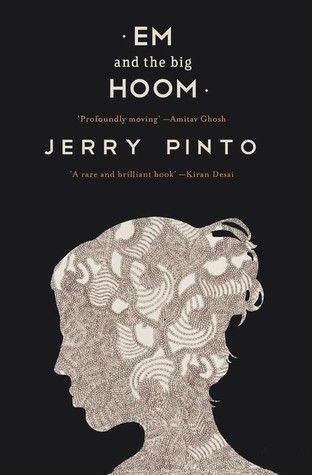
Em and the Big Hoom by Jerry PintoThis book is is set in Mumbai and filled with gorgeous prose. It is written from the perspective of a son whose mother has bipolar disorder. It captures the fragility, tenderness, and confusion of being a person with a mental illness as well as living with one. As readers, we feel a family’s love, care, worry, and frustration as they navigate Em’s erratic phases of energy and deeply disturbing bouts of depression. |
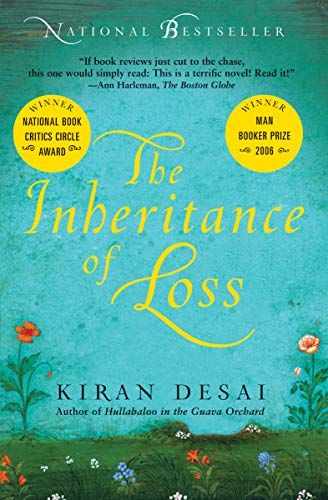
The Inheritance of Loss by Kiran DesaiIf you’re anything like me, you’ll pick this book for its title alone. And it does not disappoint. Owing to its gorgeous prose, it won the Book Prize in 2006. The narrative largely shifts between Mount Kanchenjunga in the Himalayas and New York City. A bitter judge wants to live in peace on the mountain until his granddaughter Sai shows up. The judge’s cook tries to take care of her while worrying about his son, who’s an undocumented immigrant in NYC. The story portrays immigration and identity in a post-colonial India. It is real, playful and heartfelt all at once. |
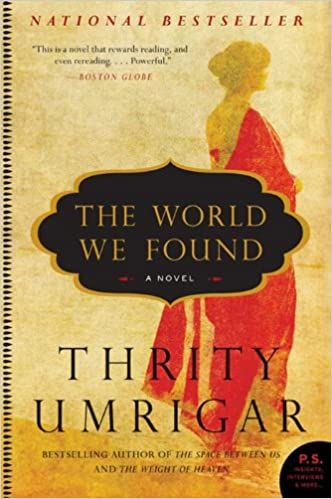
The World We Found by Thrity UmrigarThis is a story of four best friends that begins in the 1970s in Bombay (now Mumbai). These four women challenge the world with their idealism during college. They drift apart with time until one of them gets terminally ill. They come together to show how care, friendship, and love endures over the years. In the video below, she talks about her run-in with her friend that led to her writing this book, as well as what she hoped to add to the world with it. |
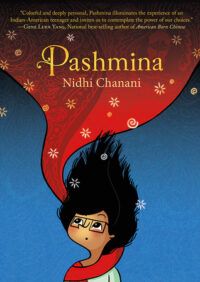
Pashmina by Nidhi ChananiPriyanka Das is an Indian American teenager whose life has an abundance of questions but no one to answer them. Why did her mom leave India years ago? Who is her father, and why did they leave him behind? She cannot wait any longer when she finds a pashmina in an old suitcase. She wraps herself in the comfort of this warm Kashmiri shawl and is transported to a land more colourful and diverse than she’s ever seen. This is reflected in the way the illustrations go from muted to vibrant as soon as she finds herself in India. This is a great pick for some armchair travel! |
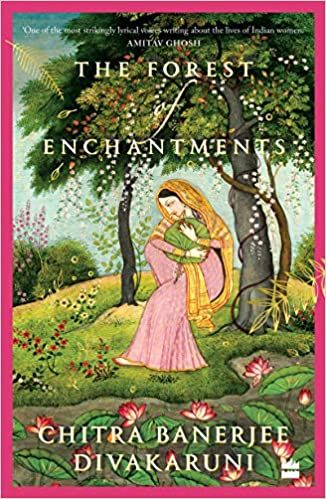
The Forest of Enchantments by Chitra Banerjee DivakaruniThe Ramayana is one of the most cited and celebrated epics in India. Growing up, I thought the story centred around Rama, the holy one, and Ravana, the evil one. It didn’t help that the epic is named after its male protagonist. However, with time, I’ve learned that this epic is layered with more nuance. In Chitra Banarjee Divakaruni’s retelling of this tale, she portrays Sita’s life, her abduction and eventual return to the kingdom, in her own voice. Sita has spent too long playing the role of a devoted wife. She is a woman who has had enough. |
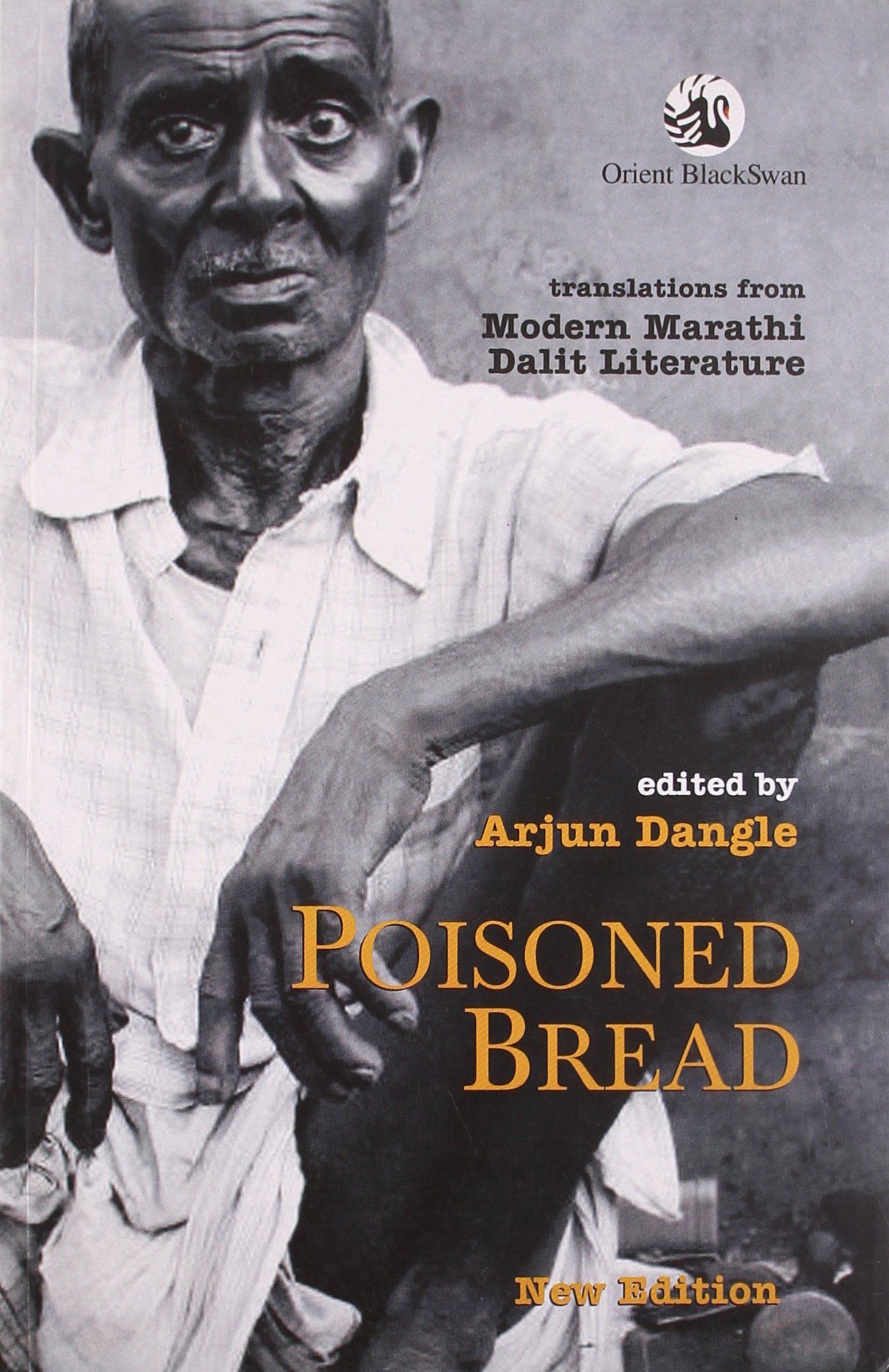
Poisoned Bread edited by Arjun DangleYou cannot understand India without understanding the effects of its deeply rooted caste system. Poisoned Bread is a collection of short stories written by people from the most disadvantaged caste in India. These stories are penned in Marathi and translated to English. They are a good starting point into the experiences of the Dalits of Maharashtra. This anthology was the first one in Dalit literature when it was published in 1992, and is relevant still. |
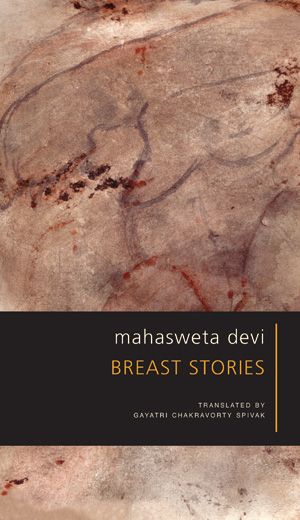
Breast Stories by Mahasweta DeviThis is a collection of short stories that centre around breasts. Devi shows us how breasts are more than just symbols of beauty, lust or motherhood. Each story is woven with elements of how people with breasts are perceived in an Indian cultural setting. These fierce stories were written in Bengali and translated to English in 1997. They’re titled ‘Draupadi’, ‘Behind The Bodice’, and ‘Breast-Giver’. Mahasweta Devi’s words laced with honesty and defiance offer us solidarity and courage. |
For more recommendations, check out 8 Great Books Set In India and our India archives.










